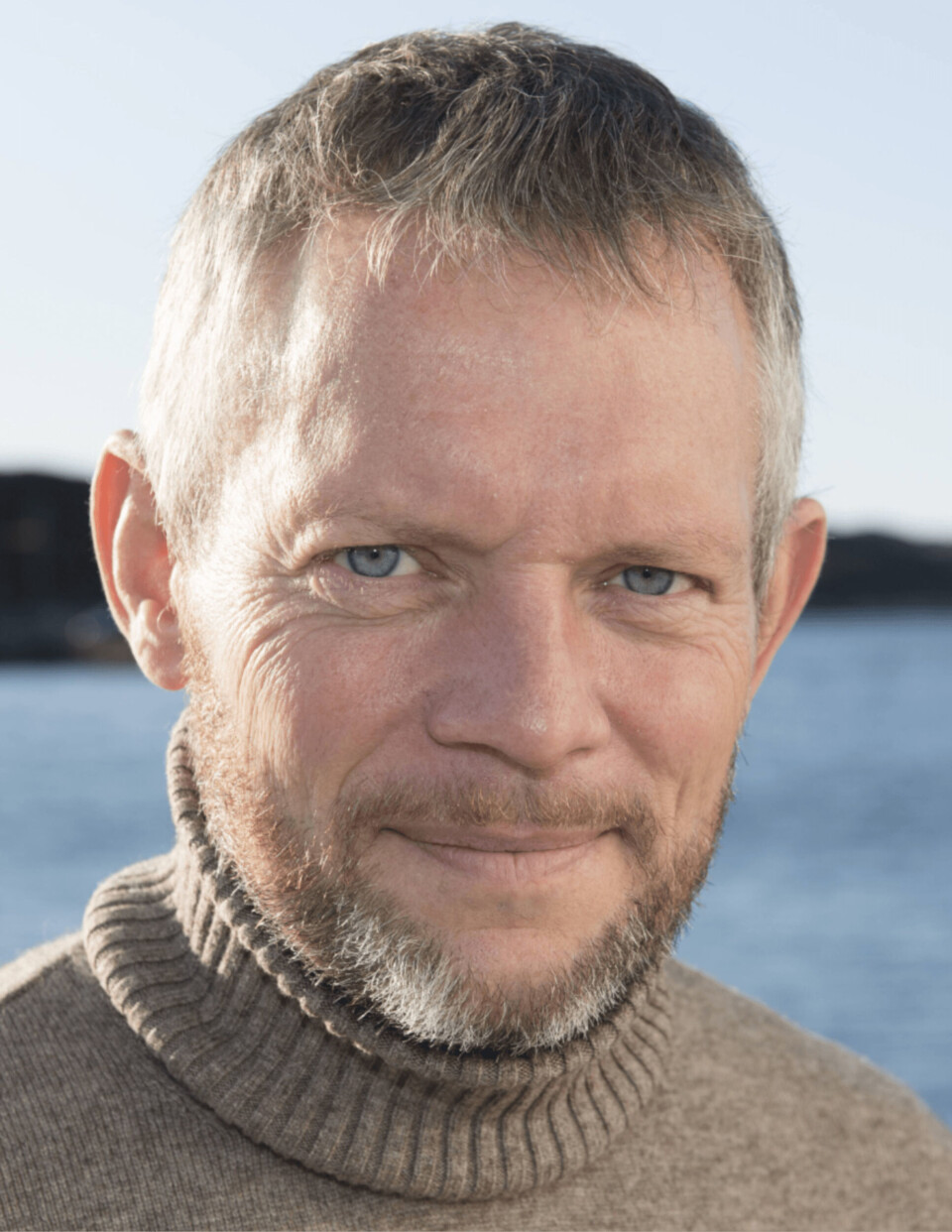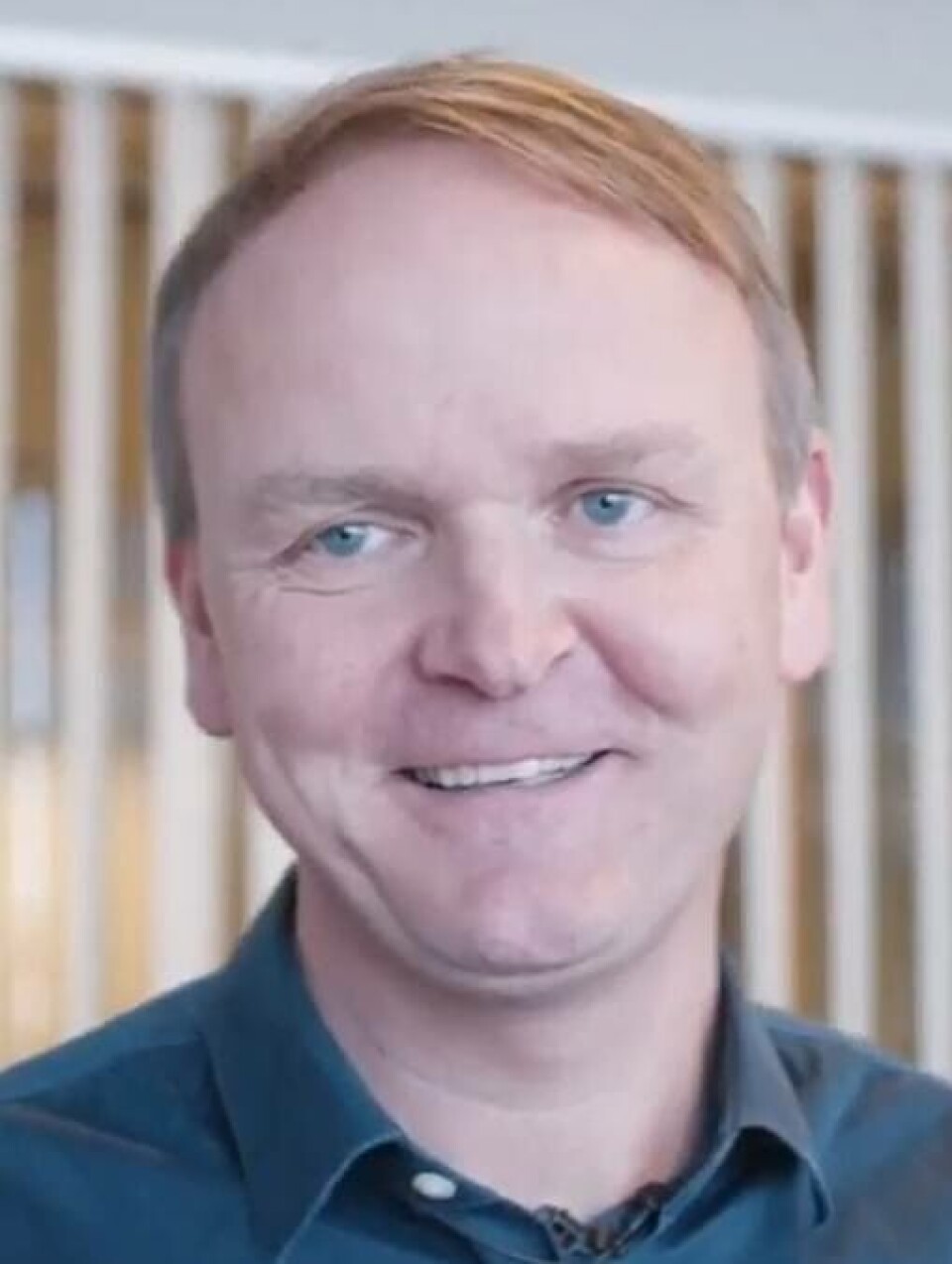
Greener EPS box helps fish farmer reduce footprint
Norwegian salmon farmer Bremnes Seashore has become the first in the world to use a fish box constructed from a type of expanded polystyrene (EPS) made from recycled plastic instead of fossil raw materials.
The beads used to make the new EPS contain pyrolysis oil, created by a thermochemical process called pyrolysis to transform post-consumer plastic waste that would otherwise be used for energy recovery or go to landfill.
“The EPS Fish Box is a well-known and trusted companion of ours with excellent properties for maintaining and securing the cold chain during transport. A secure cold chain is vital for food safety and preventing food waste,” said Simon Nesse Økland, head of development at Bremnes Seashore.

“For us at Bremnes Seashore it’s exciting to try an alternative where the carbon footprint is significantly reduced, and we always appreciate initiatives that promote the circular economy.”
The new boxes are being used to deliver some of the fish farmer’s Bömlo-branded salmon.
50% less CO₂
The beads are produced by German chemical giant BASF, which also produces the material for traditional EPS brand, Styropor. BASF says the new EPS, Styropor Ccycled, has the same properties as Styropor, including thermal insulation and pressure-resistance with good buckling stiffness and stacking stability, which are essential to keep fish cool and safe.
A certified Life Cycle Assessment evaluating the environmental performance of the product concludes, that compared with conventional Styropor, at least 50% of CO₂ is saved in the production of Styropor Ccycled.

Start of a transformation
The new fish box stems from an initiative by Bremnes Seashore’s box maker, Vartdal Plast. Because the virgin material in Ccyled is identical to that in Styropor, the company hasn’t had to adjust its production process.
“Bremnes Seashore has been a customer of Vartdal Plast for decades and we are excited that they are the first customer to choose Vartdal Airbox Loop, an EPS fish box made from 100% Styropor Ccycled raw material derived from chemically recycled plastics,” said Jan Endre Vartdal, owner and chief executive of Vartdal Plast.
“Our goal is to transform our entire production from using fossil based raw materials into using fossil free or recycled raw materials. The use of Styropor Ccycled raw material from BASF enables us to begin this transformation in close cooperation with our customers without compromising on quality and recyclability.”
Insulation boards
Both traditional and the new EPS fish boxes are recyclable, and EPS boxes are recycled widely in Scandinavia and other European countries. Therefore, fish boxes are collected, compacted, and shredded. The shredded EPS fish boxes are then used as feedstock to produce recycled polystyrene which can be used for various applications such as insulation boards.
“As a plastic producer we have a responsibility to contribute to getting our products back into the loop. For this reason, we have set up two high-capacity compacting sites in the middle of Norway and in the eastern part of Norway,” said Vartal.
“By utilising return freight, our own trucks collect and transport EPS from waste disposal sites, fish processors and building and construction hubs back to our compacting sites, where the EPS is shredded, compacted and palleted ready for recycling. Our long-term goal is to source the compacted material back into our product series Vartdal Loop which only consists of products made from recycled or fossil free raw materials.”























































